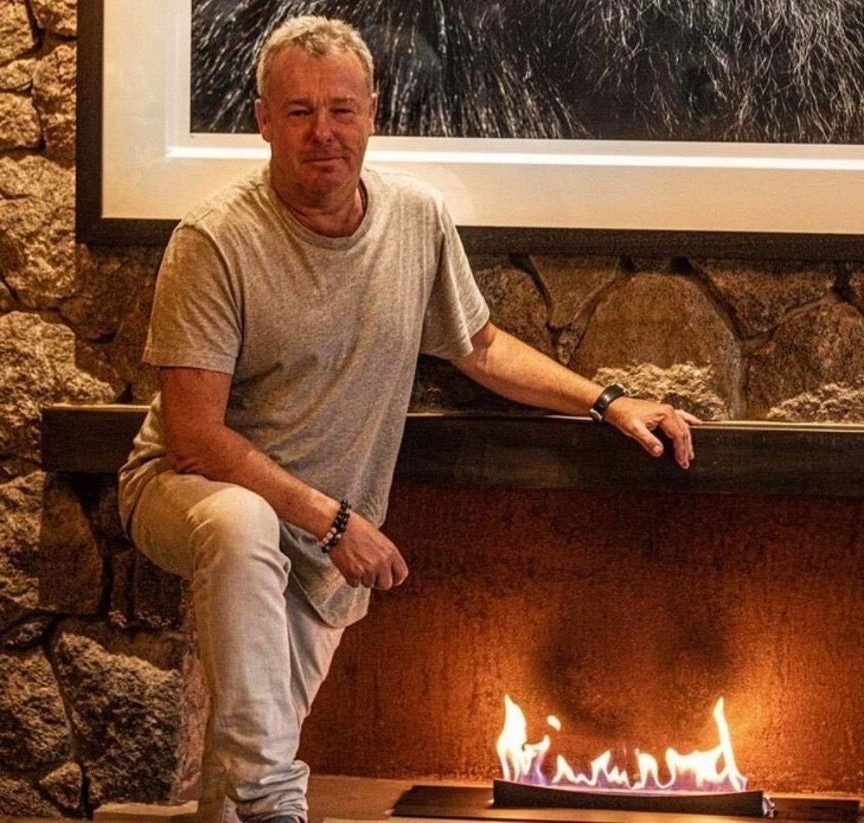To get the best online free portrait courses in fine art photography, check here!
- David Yarrow

- Jun 2, 2022
- 3 min read
All subjects, human and otherwise, can be captured with the help of fine art photography courses. Among them are portraiture, still life, architecture, and personal thoughts and feelings. In addition, they teach you how to submit photographs for exhibitions, pitch your images to a gallery representative, and improve your artistic ability. According to David Yarrow, anyone who wants to learn fine art photography methods and become more creative should take this type of course.
Many of these programs cater to both new and seasoned photographers alike, so there is something here for everyone. In addition to being very reasonably priced, there are no dangers associated with enrolling in this course. Sign up for the course while it's still available and get started on your creative journey. Then there's Conceptual Fine Art Photo Artistry for those who are still stumped. A money-back guarantee and live training videos ensure that you'll get the results you want.
Art history and contemporary criticism are integrated into fine art photography courses. A student's style develops as they progress through the program, as their responsibilities grow. Defining one's core creative self is an important part of the senior thesis process. It's a great opportunity to learn about photography's techniques and philosophies. For your final project, combine your artistic abilities and experience to produce a spectacular piece of art."
Students must have completed at least 22 credits in their degree program to be eligible for an annual Certificate in Fine Art Photography. Current students can apply for the Certificate in Fine Art Photography by completing 22 credits toward the program's requirements. Participants who are accepted into the program will be given first choice when it comes to signing up for classes. To be considered, you must submit an application along with any necessary supporting documentation. Up to ten images should be included in your portfolio
In order to acquire a job or start your own photography business, you should continue your studies and collaborate with expert photographers. As a historian, you'll be able to travel for work and document the past. Conforming to David Yarrow, there are plenty of prospects in this profession, so don't waste any time in pursuing them. In Australia, you can pick from a wide variety of options for courses in fine art photography. You'll be glad you made the decision to do this. Consider signing up for one of these courses if you're a photographer.
Even if you're looking for a weekend photography workshop or a more in-depth course, you may discover one that fit your needs." These classes are meant to help you develop your artistic abilities and sharpen your skills. Courses in photography education provide a thorough examination of current methods. There is no such thing as an age at which it is too late to begin learning a new skill. In other words, there is a school out there for everybody who wants to improve their photography skills.
The photography classes taught by Julia Davis cover a wide range of topics. In addition to learning the fundamentals of photography, students will learn the methodical process of photographic drawing. Students learn to look at their subjects through an artist's perspective and to create photos that capture their subjects' beauty. It's impossible to learn how an image comes to life without following a carefully crafted curriculum.
A popular pastime in the early 20th century, photography was considered by many to be more of a pastime than a serious vocation, reported by David Yarrow. The Servicemen's Re-Adjustment Act, which made it free for returning service members to finish their education, changed that. Throughout the Boom and the Baby Rochester, New York generations, the expectation was that everyone would attend college and have the opportunity to study photography. The Chicago School of Design reopened as the Bauhaus in 1939 after it closed in 1938 and was renamed the Bauhaus Institute.
Bachelor's degrees in photography typically take three to four years to complete at a university in the United States. In addition to an MA in cinematography, applicants can pursue a Master of Fine Arts in photography. For these classes, the University sets the cut-off scores based on the applicants' prior academic achievements. BVP CET is one of just a few entrance tests for these courses, which are highly competitive and merit-based.
Comments